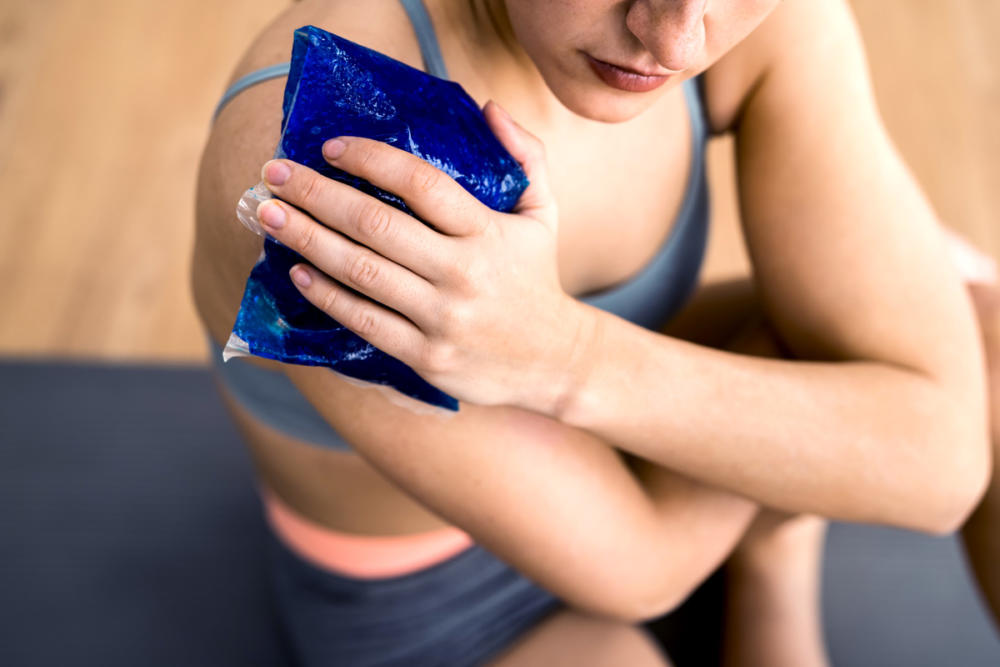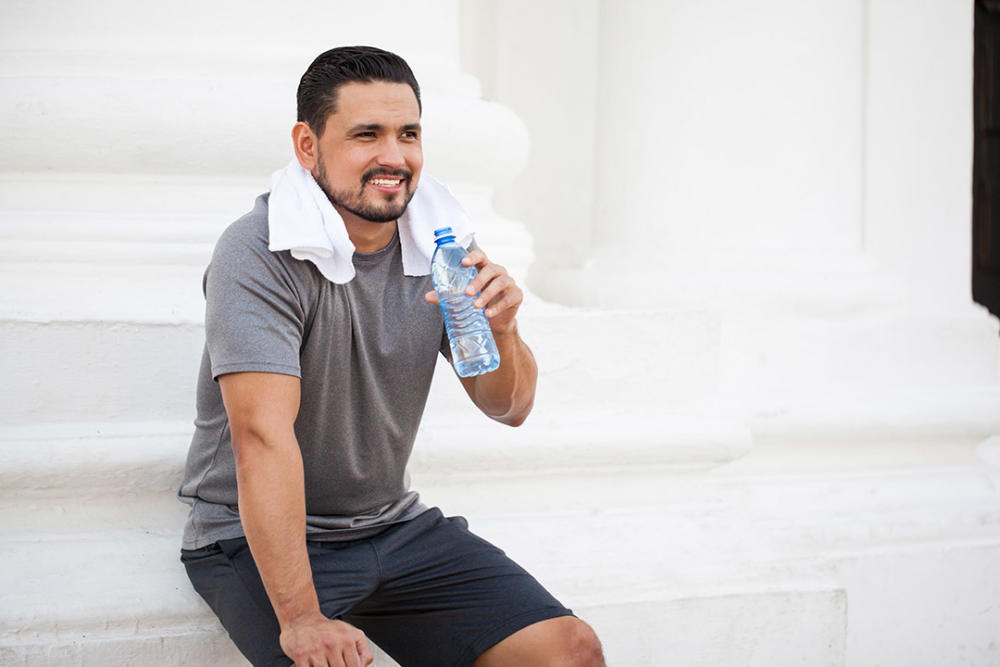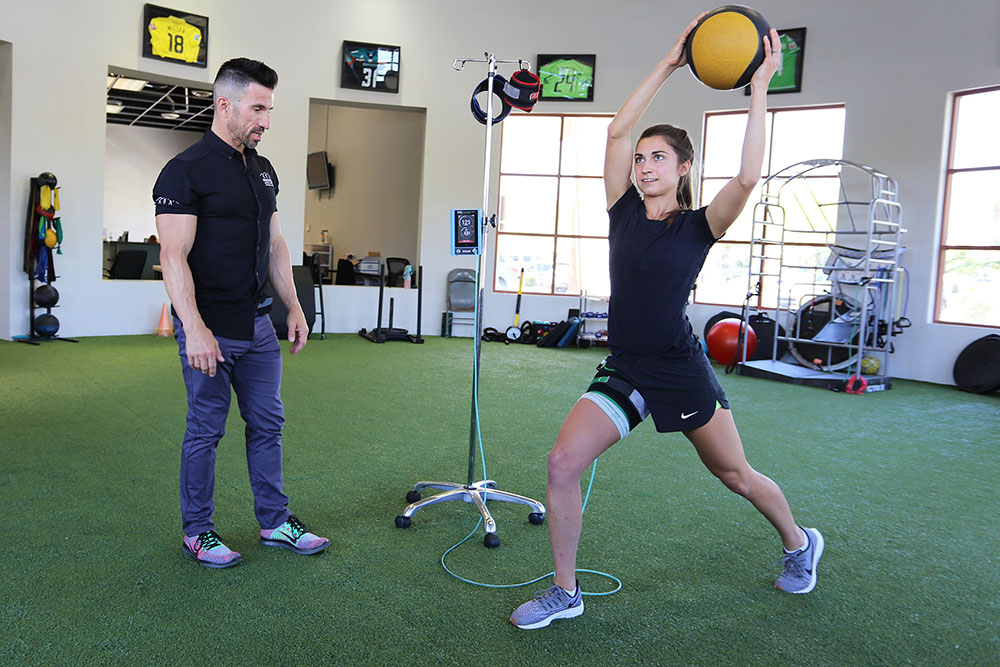With the end of school comes summer and fall sports, which for Arizonians, means exercising in 100-degree temperatures during their training programs. During this time, it is especially important for athletes to understand the importance of hydration for performance and safety.
Most Common Symptoms of Dehydration
Water regulates your body temperature as well as lubricates your joints. It helps transport nutrients to give you energy and keep you healthy. In athletes, severe cases of dehydration can cause post-extreme endurance syndrome or PEES. Symptoms of PEES include decreased body temperature, nausea, vomiting, diarrhea, dizziness, headaches, muscle cramps, and an inability to keep fluids down. In order to avoid dehydration, it is crucial that athletes drink plenty of fluids before, during, and after their training.
During every healthy workout, an athlete loses body weight due to water loss through sweating. However, when certain thresholds are met and passed, the loss of water weight begins to have a negative impact on your workout.
How to Prevent Dehydration for Performance and Safety
When athletes experience a loss of two percent body weight during exercise they will begin to demonstrate decreased performance. At three percent, athletes will be at an increased risk of developing heat exhaustion and injuries. Because of these negative consequences, the goal is to keep dehydration below two percent.
To help aid an athlete in these efforts, athletes can calculate their sweat rate or the amount of fluid lost during workouts. The typical sweat rate ranges from one to three liters per hour.
How to Calculate Sweat Rate:
- Weigh yourself before exercise (nude is best)
- Workout for one hour
- Drink a measured amount of fluid during a workout
- Do not urinate during a workout
- Weigh yourself again following the workout (nude is best)
Once you have the data, it’s time for some simple math:
- Pre-exercise bodyweight – post-exercise body weight = Change in body weight (one pound of fluid loss is equal to 16 ounces)
- Change in body weight (one pound of body weight is equal to 16 ounces) + volume of fluid consumed = sweat rate for one hour of exercise
Knowing your sweat rate is a fantastic tool to prevent dehydration, especially in this heat. Contact us at Foothills Sports Medicine Physical Therapy and schedule an appointment at a location near you for all your physical therapy needs.





